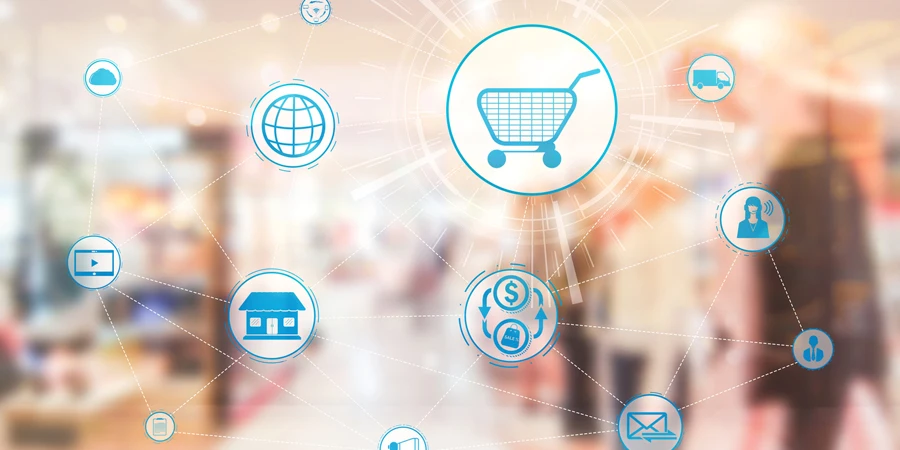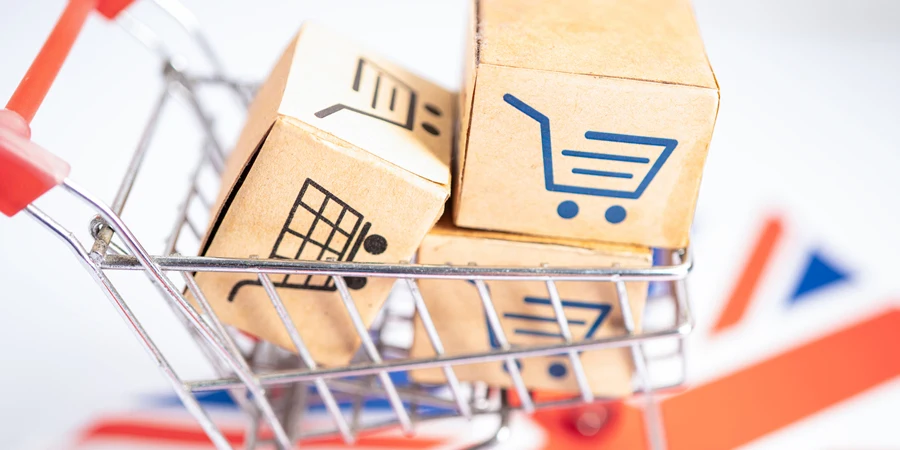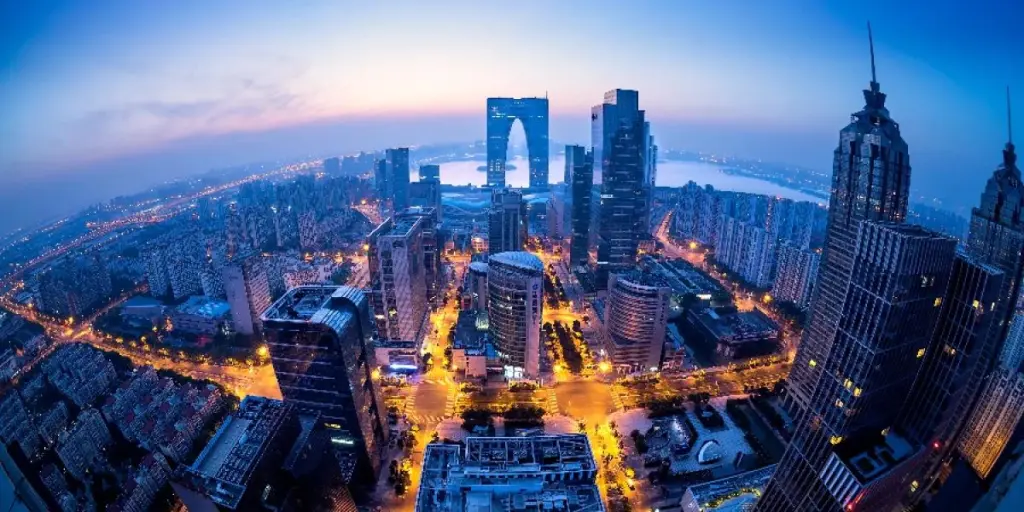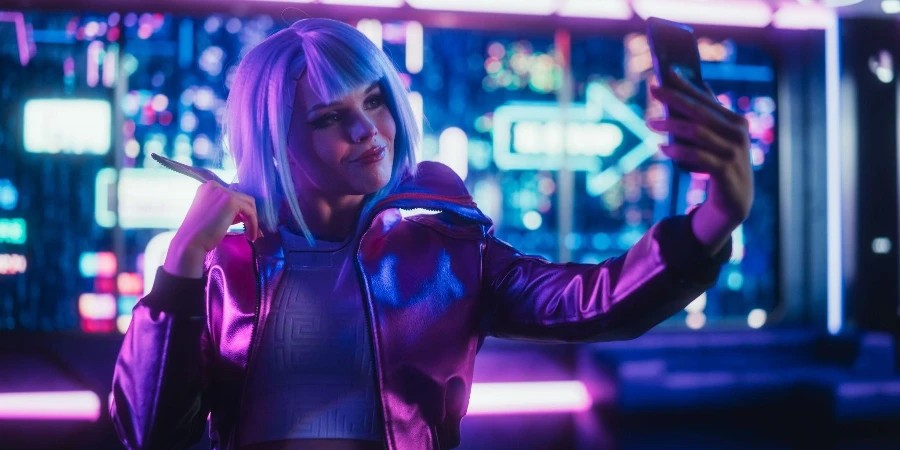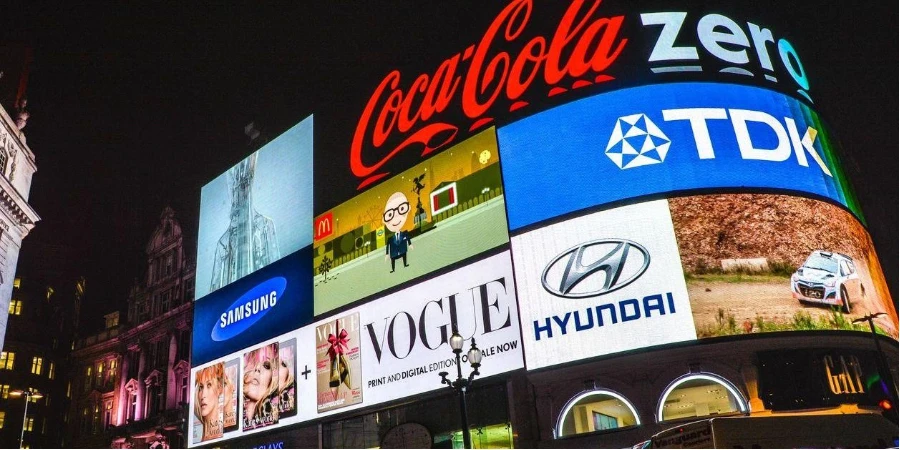Groundbreaking innovations such as computer vision for in-store security, AI-driven merchandising, and seamless offline-to-online integration are defining the future of retail.
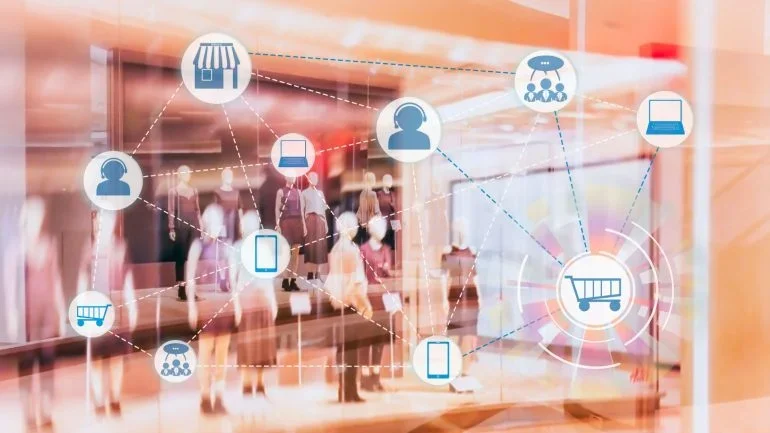
In my role at investment firm Inovia Capital, I’m in the privileged position of being at the forefront of discovering new technologies that change the way we do business.
In 2013, we first invested in Lightspeed, the omnichannel commerce-enabling platform that now generates close to $1bn in annualised revenues, so we were well positioned to see the immense potential in retail tech and its evolution.
Here are three exciting innovations in the space that are rapidly maturing and which I’m keen to watch in the coming years.
Computer vision for… everything
Barcodes were invented in 1948 and they represent the earliest iteration of computer vision in retail, and they’re still omnipresent across almost every product we buy today.
Barcodes are universal and they aren’t going away anytime soon, however, we’re starting to see them being used in new and creative ways. For example, they are the foundation for Scandit’s ShelfView, the shelf management software which offers constant shelf visibility and real-time, actionable insights.
On the flip side, companies like Veesion and SoLink are taking computer vision to the next level to combat in-store theft. They have a proven and tangible ROI by helping reduce shrinkage, increasingly a major issue in stores across the world.
Additionally, they are well positioned to expand their algorithms into further detection to prevent accidents and increase physical security, supporting companies’ responsibility for in-store safety. Advances in computer vision are unlocking a whole new era of innovation in stores and beyond.
Supercharged merchandising
Building on the computer vision technology previously mentioned, companies are able to supercharge existing sales data with insights from their cameras.
Retailers can increase their understanding of in-store behaviour using anonymised data of who enters and how they interact with the store e.g. middle-aged men enter between 10am and 2pm buy these kinds of products from these locations in the shop. Armed with these insights and the right tools, we can build AI-enabled ‘money maps’ to maximise conversion.
A few companies can then help take this to the next level by customising digital merchandising, based on demographics expected at any given time in the day – e.g. Ladorian, which will use this data to feed appropriate digital advertising campaigns to suit the profile of the customer present.
In parallel, businesses like Nfinite can leverage AI to instantly produce customised photorealistic digital merchandising visuals based on customer profiles at any given time e.g. including images of health supplements when elderly clients typically shop.
Offline to online
With so much retail activity online, retail tech companies are interested in how to link these two worlds together for a true omnichannel experience. Retailers have the opportunity to increase sales by creating links between their physical inventory and online presence.
Companies like NearSt connect into most mainstream POS systems to shed light on local inventories and enable high-intent discovery through Google search’s “near me” shopping experience. If consumers have the option of getting, say batteries, delivered or heading to their local shop to pick them up immediately, it can have a strong impact on empowering local communities to shop locally.
Furthermore, as the line between physical retail and digital retail are increasingly blurred, there are many opportunities to share products between both worlds.
For example, companies like Fabacus allow brands to turn in-person purchases into digital rewards. They can partner with owners of an IP to unlock priorities or digital products, e.g. digital versions of physical merchandise such as for Call of Duty, opening up a whole new market by connecting physical and digital retail spaces.
The future of retail technology
While there are undeniable benefits to eCommerce, Inovia strongly believes in an omnichannel future as a big part of tomorrow’s retail environment. In many ways, the innovations mentioned above help blur the line between physical and digital while providing better customer experiences and allowing retailers of all sizes to remain competitive.
As we look further ahead, we simply cannot ignore the massive impact we expect to see from GenAI technologies. However, AI already permeates many of the innovations previously mentioned and will supercharge many of the startups involved across the retail value chain.
At Inovia, we’re exploring a vast array of emerging B2B technologies, from the digitisation of wholesale relationships to development of AI-first ERPs and much more.
About the author: Michael McGraw is Principal, Growth Equity at investment firm, Inovia Capital.
Source from Retail Insight Network
Disclaimer: The information set forth above is provided by retail-insight-network.com independently of Alibaba.com. Alibaba.com makes no representation and warranties as to the quality and reliability of the seller and products.
